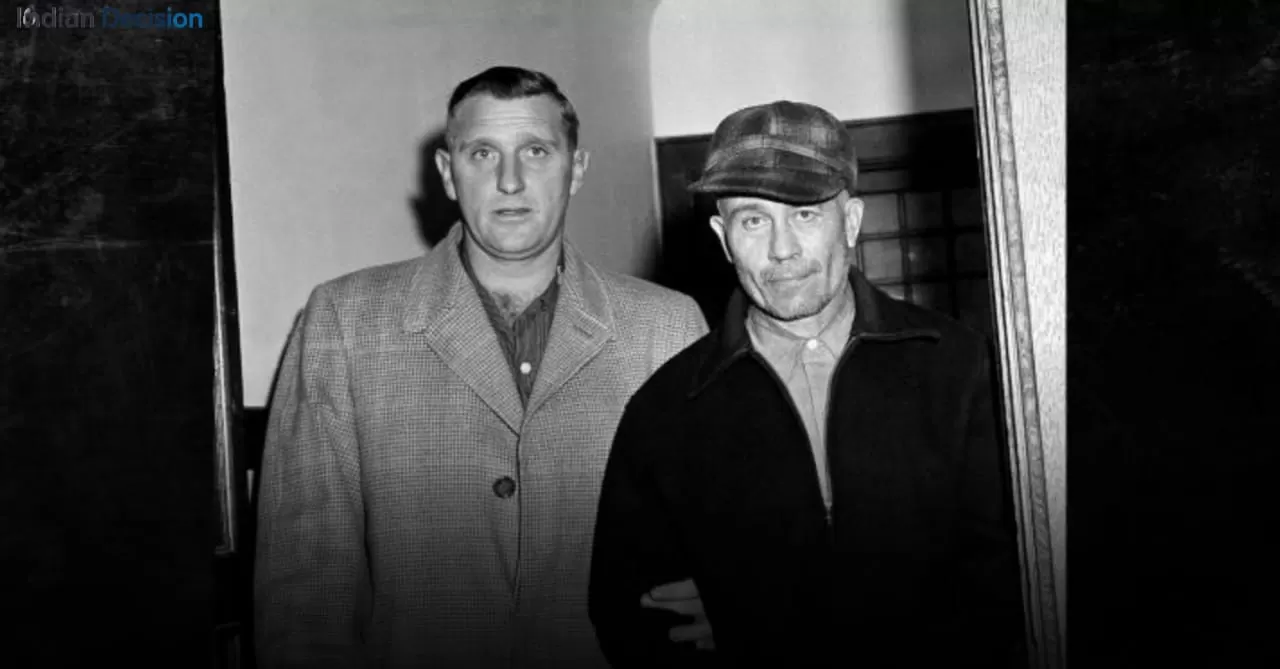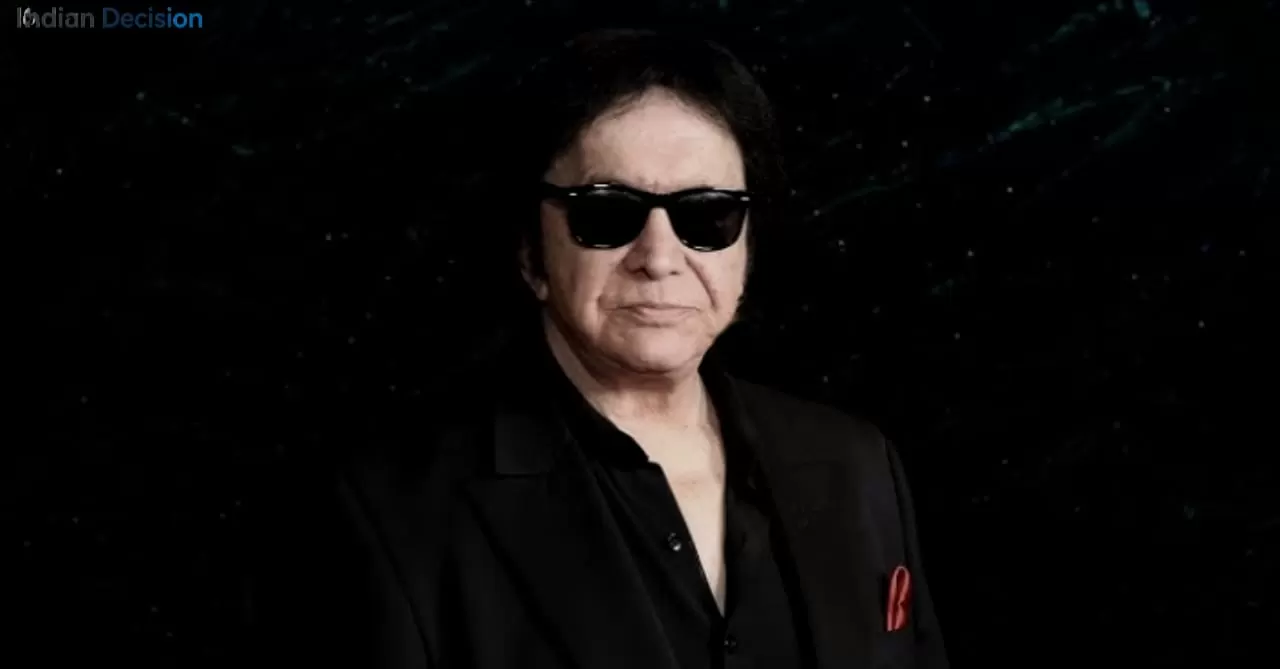The name Ed Gein has become a permanent fixture in the annals of American true crime, a chilling reference point for the most macabre depths of human behavior. His solitary life on a remote Wisconsin farm spawned legends, inspired some of cinema's most iconic monsters, and left a legacy that continues to fascinate and horrify. This article delves into the timeline of his life and death, the real crimes that shocked a nation, and how his story continues to be told in popular culture today.
When Did Ed Gein Die? The Final Chapter
Edward Theodore Gein, born on August 27, 1906, spent the final decades of his life incarcerated. Following his arrest in 1957 and subsequent trial, he was found legally insane and committed to the Central State Hospital for the Criminally Insane in Waupun, Wisconsin, and later transferred to the Mendota Mental Health Institute. It was at the Mendota Institute where Gein died of respiratory failure on July 26, 1984, at the age of 77. His death closed the final chapter on a life that was as tragic as it was terrifying, marking the end of one of America's most infamous criminal figures.
The Real Edward Gein: Unraveling the Crimes
To understand the enduring fascination with Ed Gein, one must look beyond the Hollywood interpretations to the stark reality of his actions. Gein was not a prolific serial killer in the traditional sense. His infamy stems from a series of grave robberies and two confirmed murders in his hometown of Plainfield, Wisconsin.
When authorities searched his decrepit farmhouse in November 1957, they uncovered a scene of unparalleled horror. The investigation revealed Gein had been exhuming corpses from local cemeteries to collect body parts. He fashioned an array of grotesque artifacts from human skin and bone, including a bodysuit he would wear to "become" his deceased mother, masks, and household objects. His confirmed murders were of local tavern owner Mary Hogan in 1954 and hardware store owner Bernice Worden in 1957. The sheer necrophiliac and transgressive nature of his crimes, rooted in a deeply disturbed obsession with his domineering mother, Augusta, created a blueprint for the modern boogeyman.
Alfred Hitchcock and Ed Gein: The Birth of Norman Bates
The discovery of Gein's farmhouse sent ripples through popular culture that are still felt today. The most immediate and famous adaptation came from the master of suspense, Alfred Hitchcock. Robert Bloch's 1959 novel Psycho was directly inspired by the Gein case, and Hitchcock's subsequent 1960 film immortalized the story.
The character of Norman Bates, the mild-mannered motel owner with a deadly mother complex, was a fictionalized version of Gein's psychological profile. While Gein did not run a motel or dress as his mother to kill strangers, the core themes of a split personality, a pathological attachment to a mother, and the preservation of the dead were lifted directly from the headlines. Psycho forever linked Gein's name with cinematic horror, proving that reality could be as frightening as any fiction.
Ed Gein Monster Cast: Actors Who Brought the Story to Life
The story of Ed Gein has been adapted numerous times for film and television. A recent high-profile portrayal comes from the Netflix film Monster: The Jeffrey Dahmer Story. While the series focuses on Jeffrey Dahmer, it includes a significant flashback sequence to the 1950s that explores the influence of Gein's crimes on the cultural consciousness, and by extension, on a young Dahmer himself.
Who Plays Ed Gein in Monster?
In Monster: The Jeffrey Dahmer Story, the role of Ed Gein is portrayed by actor Matthew Alan. Alan appears in a pivotal scene in Episode 3, "The Bogeyman," where a young Jeffrey Dahmer sees a reenactment of Gein's crimes on a television news broadcast. Alan's brief but impactful performance captures the unsettling and bizarre nature of Gein's public persona, helping to establish the dark historical context for Dahmer's own descent into violence.
Other notable actors who have portrayed Gein include Steve Railsback in the 1980 film Deranged and, most famously, Anthony Hopkins, whose Oscar-winning portrayal of Hannibal Lecter in The Silence of the Lambs was heavily influenced by the Gein case, with Buffalo Bill's lair being a direct homage to Gein's farmhouse.
Ed Gein Voice: The Man Behind the Myth
For a figure of such monstrous legend, the real Ed Gein's demeanor was disarmingly meek. Audio recordings from interviews and court proceedings reveal a soft-spoken, high-pitched voice that belied the horrors he committed. He often came across as confused, childlike, and detached from the gravity of his actions. This stark contrast between his benign appearance and the grotesque nature of his crimes added another layer of public fascination. Hearing the real Ed Gein speak is a jarring experience, a reminder that evil does not always announce itself with a roar, but sometimes with a timid whisper.
The Ed Gein Story on Netflix and Modern Portrayals
The story of Ed Gein remains a compelling subject for filmmakers and audiences. While there is no single, definitive "Ed Gein Story" currently on Netflix, his specter haunts several productions on the platform. As mentioned, he appears in Monster: The Jeffrey Dahmer Story. His influence is also felt in documentaries and other true-crime series that explore the origins of serial killer profiling and the most infamous American crimes. The enduring interest ensures that new interpretations and documentaries continue to be produced, keeping the name Ed Gein in the cultural conversation.
Today's Perspective: The Enduring Legacy of Ed Gein
Today, the legacy of Ed Gein is a complex one. He is more than just a true-crime subject; he is a foundational figure in the horror genre. His crimes directly inspired not only Psycho but also The Texas Chain Saw Massacre's Leatherface and The Silence of the Lambs' Buffalo Bill. This trifecta of cinematic monsters ensures his story is retold for each new generation.
Beyond entertainment, the Gein case is studied in criminology and psychology as an extreme example of how severe maternal influence, social isolation, and mental illness can converge with catastrophic results. His farm was demolished long ago, but the fascination with the "Plainfield Ghoul" endures, a dark testament to the human psyche's capacity for both creation and destruction.
Frequently Asked Questions (FAQs)
When did Ed Gein die and what was the cause?
Ed Gein died on July 26, 1984, at the Mendota Mental Health Institute in Madison, Wisconsin. The official cause of death was respiratory failure due to lung cancer.
How is Ed Gein connected to Alfred Hitchcock's Psycho?
Alfred Hitchcock's film Psycho was adapted from Robert Bloch's novel, which was directly inspired by the Ed Gein case. The character Norman Bates and his morbid relationship with his mother are fictionalized versions of Gein's psychological profile and crimes.
Who played Ed Gein in the Netflix series 'Monster'?
In the Netflix series Monster: The Jeffrey Dahmer Story, actor Matthew Alan portrays Ed Gein in a key flashback scene.
How many people did Ed Gein actually kill?
Ed Gein was only ever convicted of one murder, that of Bernice Worden. He was also suspected and confessed to the murder of Mary Hogan, but was never tried for it due to his insanity ruling. His other activities primarily involved grave robbing.
Are there any real audio recordings of Ed Gein's voice?
Yes, limited audio recordings exist from interviews and court proceedings. They reveal a soft-spoken, high-pitched man, which contrasted sharply with the horrific nature of his crimes.
What happened to Ed Gein's farmhouse?
Gein's farmhouse, the site of his gruesome activities, was burned to the ground in a fire set by the son of his victim, Bernice Worden, just two months after his arrest. The land was later sold.
Why is Ed Gein considered so influential in horror?
Ed Gein's real-life crimes provided the direct inspiration for three of horror cinema's most iconic characters: Norman Bates in Psycho, Leatherface in The Texas Chain Saw Massacre, and Buffalo Bill in The Silence of the Lambs. This unique impact cemented his status as a dark muse for the genre.
Conclusion
The story of Ed Gein is a grim tapestry woven from true crime, psychological disturbance, and enduring cultural mythology. From his death in a mental institution to his posthumous life as the inspiration for cinematic nightmares, his legacy is a complex one. He was a deeply broken individual whose actions forced a nation to confront the darkness that could fester in its heartland, forever changing both criminal profiling and the landscape of horror fiction. To understand the monsters of our screens, we must first understand the real ones, and Ed Gein's shadow remains long and indelible.







